One of the most incredible things about saltwater fishing is the variety of potential target species and the many different ways to catch them. Each species has fans, and reasons for targeting them, but deep-drop fishing to depths of 500-1000 feet of water for various bottom-dwelling species is a fun way to catch a variety of fish that all taste great.
Key West, Florida, guide, and co-host of the Local Knowledge television show, Capt. Rush Maltz and Capt. Billy Wells of Louisiana’s Mexican Gulf Fishing Company target just about everything that swims when guiding clients but always find time in the season to go deep and see what they can pull to the surface. Fishing this way offers plenty of action and is a great way to fill the freezer with tasty fillets.
THE LURE OF THE DEPTHS
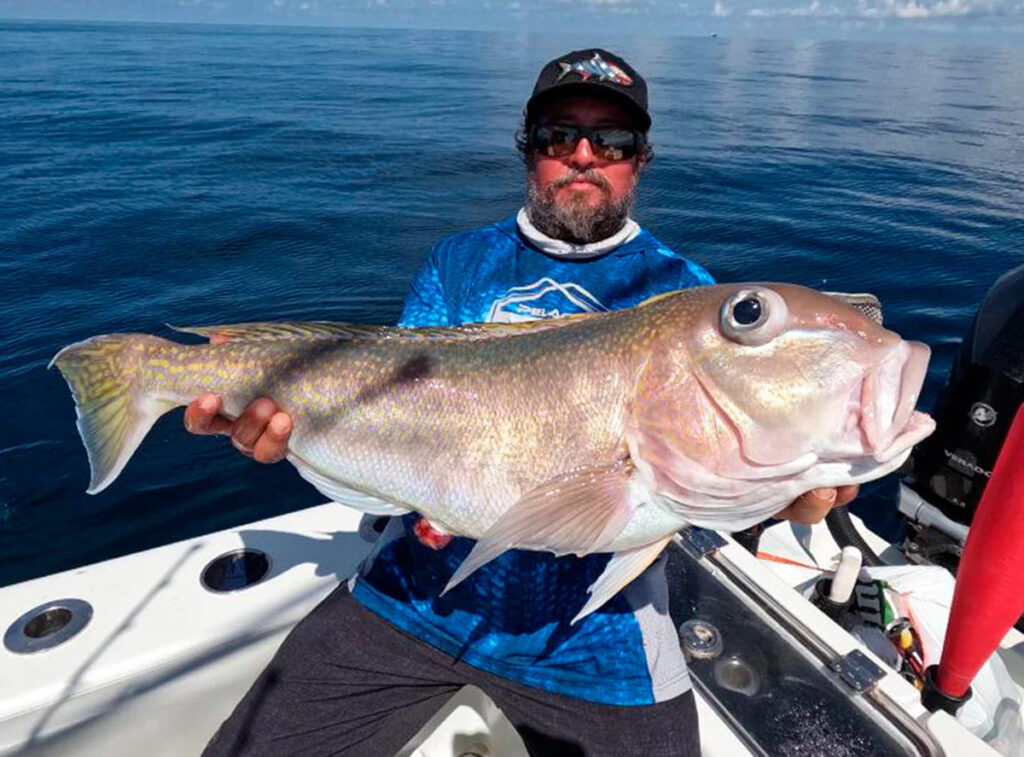
Deep-drop fishing offers a unique chance to explore extreme depths for fish that live far beneath the surface. One of Capt. Rush’s favorite things about fishing in such deep water is the unknown.
“The table fare is amazing because everything in the deep, cold water tastes great,” Maltz said. “The other thing is that it’s like outer space to us, and everything you catch has big eyes like an alien. The only way you can see that deep is with your electronics, and you never know what will come up when you hook something.”
There are many species in play with this type of fishing. Capt. Rush says barrelfish, yellowedge grouper, snowy grouper, golden tilefish, blueline tilefish, and blackbelly rosefish or “rosies” are all possibilities.
“Those are pretty much all of the species I target when we go deep-dropping,” said Maltz. “Every time you make a drop, you have the potential to catch a nice 20- to 40-pound grouper, and catching a golden tilefish is always cool because they are such a beautiful fish. It’s fun to drop down and pull something up from 500 or 600 feet of water and see what you’ve caught.”
Fishing the Gulf of Mexico out of Venice, Louisiana, Capt. Wells spends 200 days a year on the water for many species and targets most of the same fish when deep dropping as Capt. Rush, with some others like longtail sea bass and band cusk-eels, are also in the mix.
“Those are all the main suspects, plus some other odds and ends,” said Wells. “This is something we do throughout the warmer months, and it’s great because all of the fish down there are delicious. We run some trips specifically for this type of fishing, but often, we run offshore and catch tuna and ask the clients if they want to try to make some drops and try for some grouper on the way back in. For clients who book two days, we’ll often do tuna one day and do this the second day just for something different.”
DEEP DROP GEAR
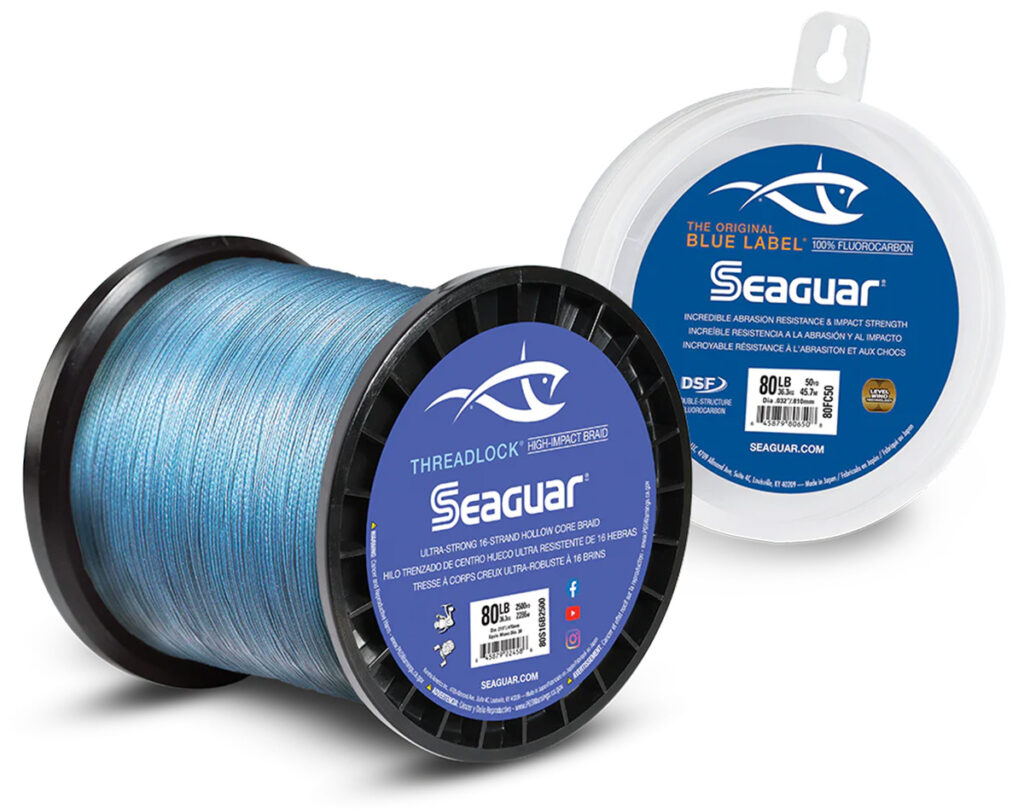
Deep drop fishing requires specific gear and reels with plenty of line capacity, so electric reels are a must to save time. Wells and Maltz go this route and make their own multi-hooked “dropper rigs” or “chicken rigs,” depending on who you ask, for this style of fishing.
“We use Daiwa Tanacom 1200 electric reels with a custom 50-pound class rod from Poseidon Fishing,” he said. “We use 80-pound Seaguar Threadlock hollow core, and then we use a wind-on leader of 20- to 30-foot of 150-pound monofilament. All of our reels are zero stops, so having that wind-on before the rig gives us an extra heads-up to be ready because the fish or rig is coming to the surface. From the wind-on, we will connect it to a 300-pound snap swivel with a light on it for more attraction and then connect to our rig.”
Capt. Rush prefers an 80-sized Penn Fathom Electric reel, Penn Carnage Deep Drop rod, and 80-pound Seaguar Threadlock braid connected to a 20-foot long top shot of 80-pound Seaguar Blue Label fluorocarbon. “The real advantage to Threadlock is how thin it is, so it cuts the water well and is still very strong,” he said. “The other benefit is that it’s fast to re-rig if you are fishing real sticky bottom, especially when the current is running hard, and you get hung up and break your line. You can splice that hollow core on the boat and quickly return to fishing.”
Both Wells and Maltz tie their rigs, anywhere from three to six hooks, with lead weights that can go up to 8-pound apiece.
“It’s basically a giant ‘Sabiki Rig’ with 16/O VMC circle hooks with a squid or chunks of Bonita,” he said. “There is a 3- to 6-pound weight at the bottom that’s connected to a snap swivel, then roughly 24 inches up you’ll have your first leg with 12 inches of leader and a hook, then up 20 inches you’ll make another one, and they’re all connected with crimps and three-way swivels. I’ll use anywhere from three to six hooks depending on what I’m targeting because you are only allowed one for some species and don’t want to take a chance of catching two fish.”
Maltz ties up his rigs with varying fluorocarbon leader sizes and adds a flashing light for more attraction in the ultra-dark waters.
“On the bigger stuff, we use at least 130-pound Seaguar Blue Label Big Game because you are fishing for fish that can get over 50 pounds and need some strength and abrasion resistance,” he said. “Then we’ll finish off the rig with a little diamond flashing light, and color is a personal preference, but we have a saying, ‘no light, no bite’ because it’s so dark down there.”
“Our standard ‘chicken rig’ has four 10/O circle hooks and 5 or 6 pounds of lead on the shallower stuff and 8-pound when fishing 1000 feet deep, and we’ll add the flashing light or a little glow in the dark bead above our squid to attract them,” said Wells. “I like to use a little heavier line on my rigs, with 300-pound Seaguar Blue Label Leader as the mainline and each dropper being 220-pound. If you get two 50-pound groupers pulling against each other, having a lighter line on the dropper will break off one hook instead of losing your entire rig, and that lead is extremely expensive nowadays. Plus, that line is strong and abrasion resistant and holds up to the abuse when fishing around oil rigs and pipes.”
THE RIGHT APPROACH
Dropping your bait to such great depths requires time and precision to be around willing fish, and both Captains have things they look for to put the odds in their client’s favor. Some tried-and-true spots will always hold fish, but they always look for more and carefully present the bait properly.
“I use my Simrad electronics and C-MAP Reveal chart to mark subtle depth changes and little rises, then run over them anytime I’m in the area to check them out,” Wells said. “What you want is the jagged bottom with depth changes. Our waters have a lot of sediment from the Mississippi River, so I’m always looking for more areas with hard bottoms. Some of these spots are 10 miles offshore, but some are much farther, and it seems like the further away you can get from the fishing pressure, the better.”
Capt. Rush also has a specific approach, which comes down to the species they are after.
“Golden tiles like the flat, muddy bottoms and groupers like more structure like humps,” he said. “The tilefish like hard bottoms, and the barrelfish will be on the higher stuff with more relief. The rosefish are everywhere, and you can catch them in all those places.”
When approaching a spot, he pays close attention to the current.
“How I set up the drift is all based on what the wind and current is going to do,” said Maltz. “I set up upwind and try to hit the drift as close as possible to the spot. I will bounce the lead off the bottom, lift it, and drop it back down. Other times, on a flat bottom in hard current, you must let out the line to keep the lead on the bottom and watch your rod for subtle bites. Then, engage the reel and pull the hooks off the bottom so the other hooks don’t get snagged.”
Deep drop fishing is a proven way to catch a wide range of tasty fish. It’s a fun way to fish and requires specialized gear and approach to succeed, but it’s well worth it.



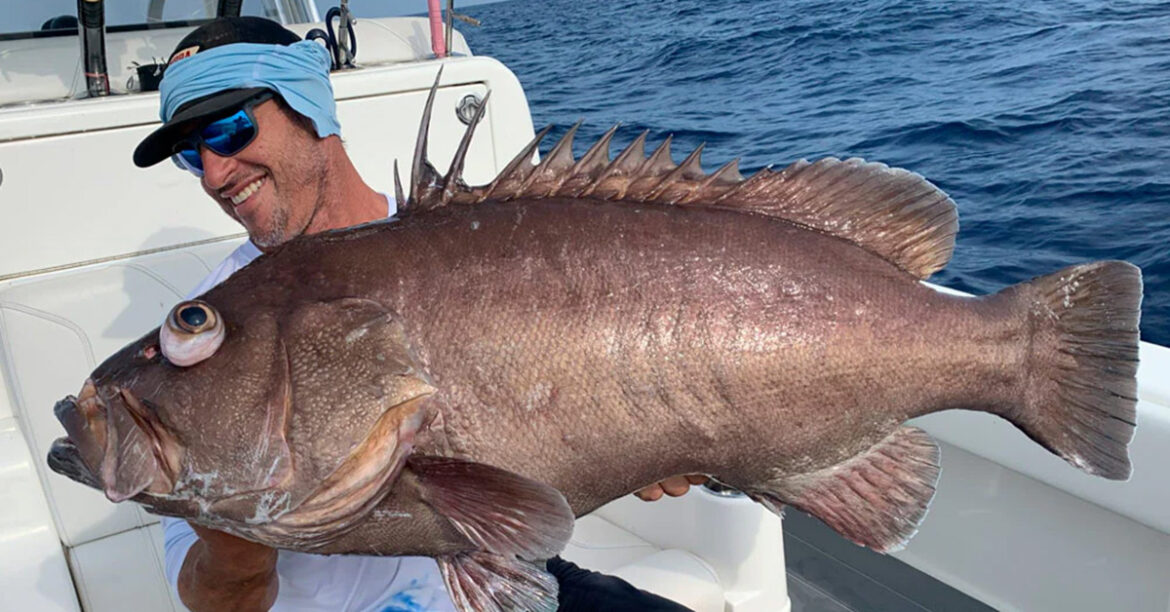

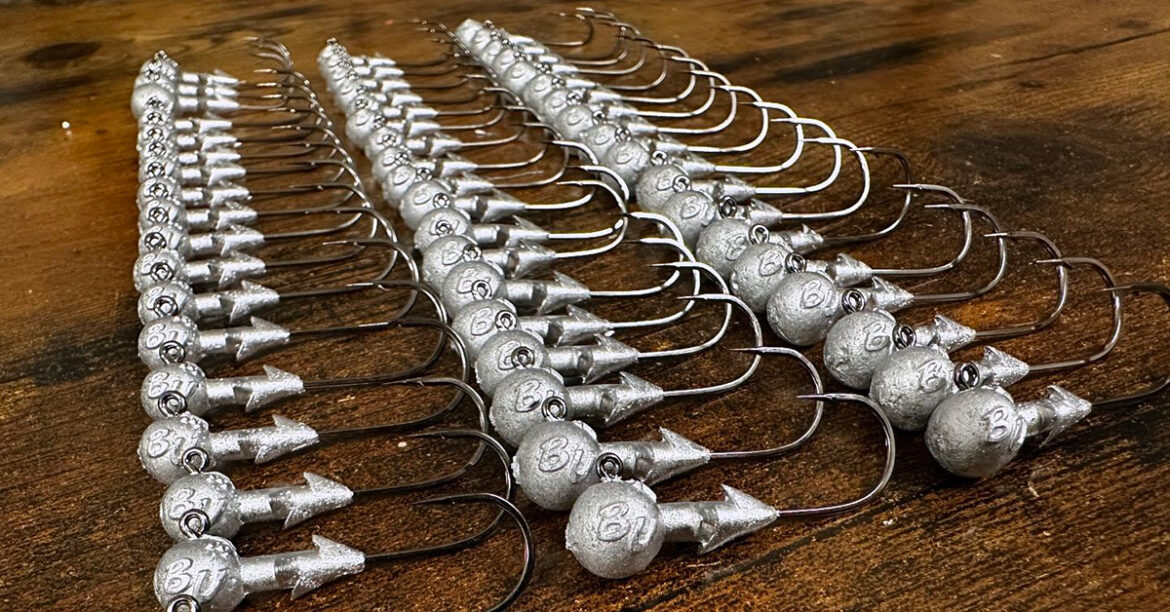
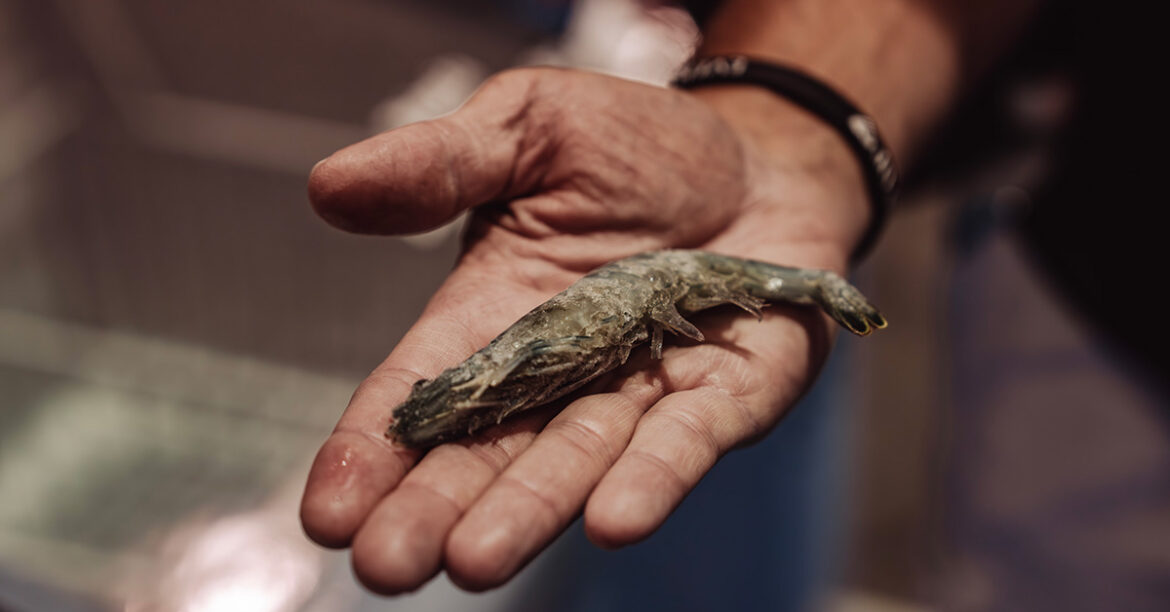
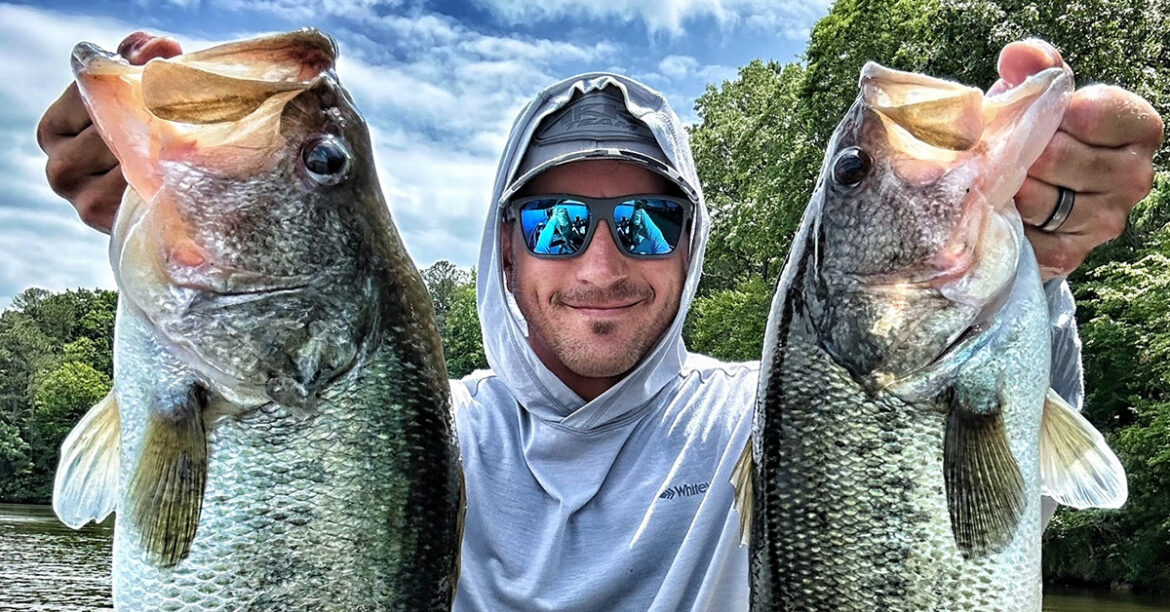
Leave a Reply